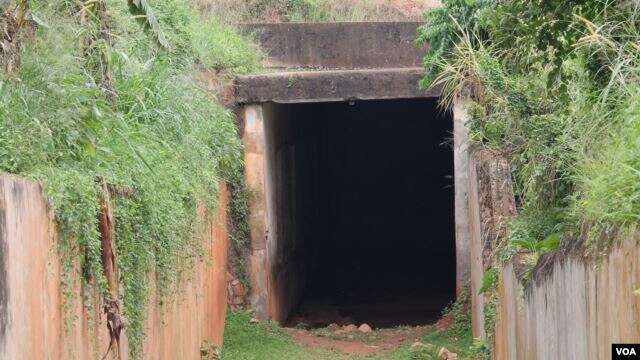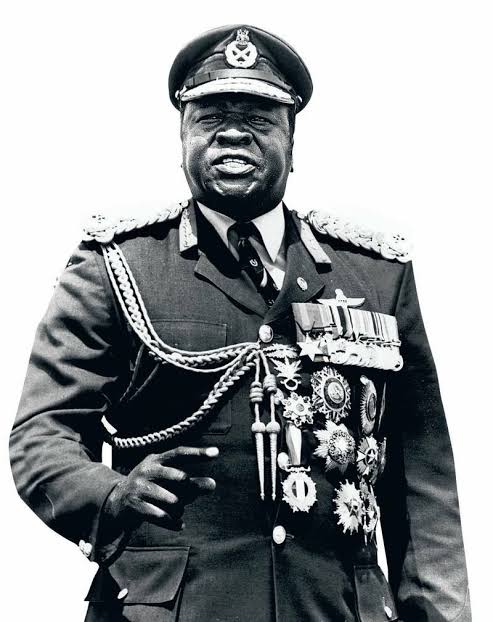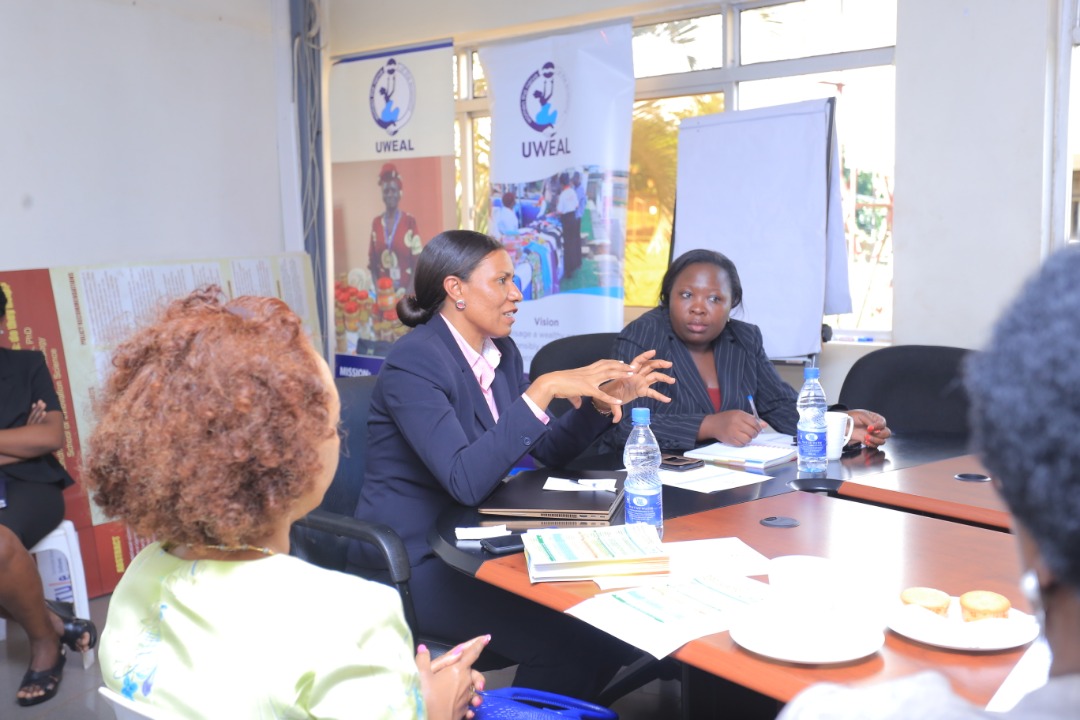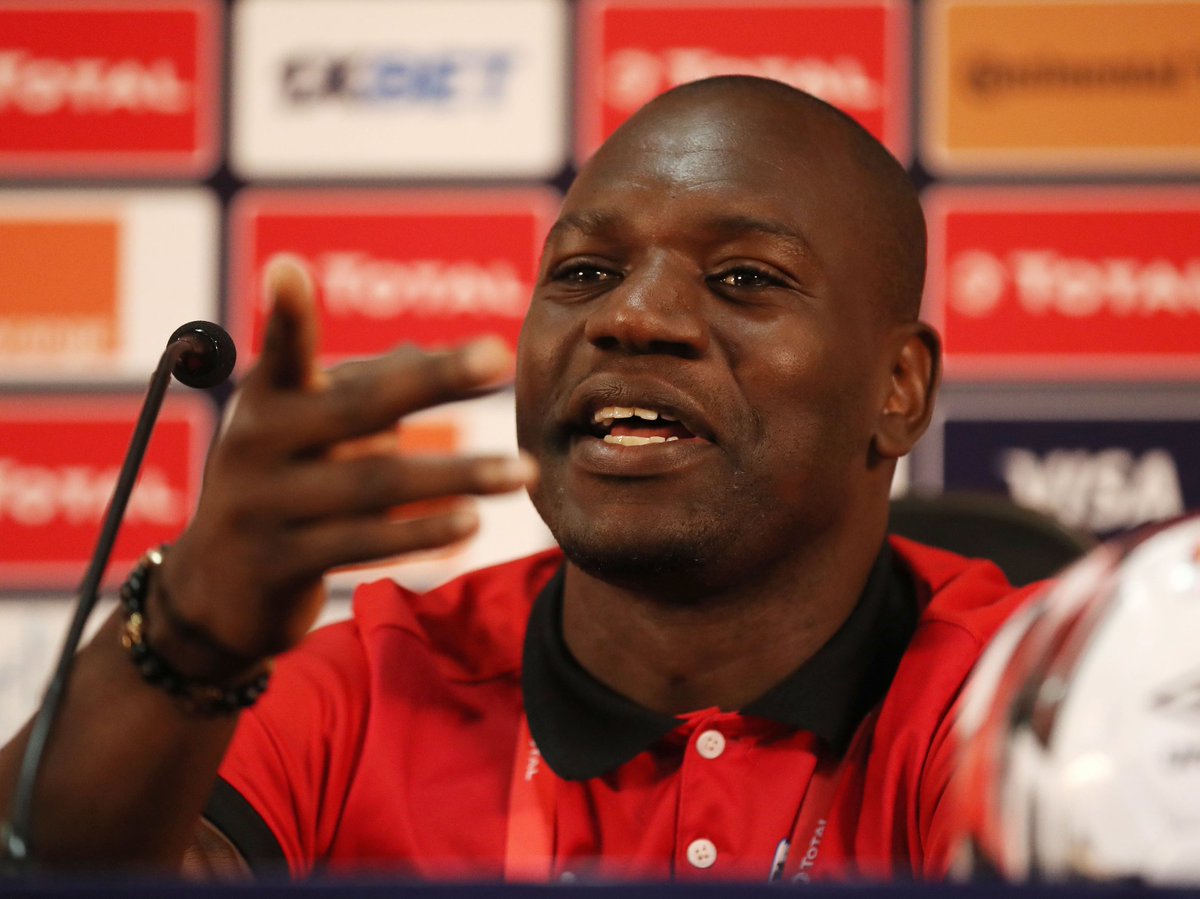
KAMPALA – The appeal of sites, visitor centres and museums linked to atrocities and tragedy is known as “dark tourism”.
There are numerous morbid destinations currently popular with travellers around the country and the world.
Documenting the tragic events following the 1986 Chernobyl power plant disaster, one of the worst man-made catastrophes ever to befall our planet, the show deservedly earned some rave reviews.
Its success has seen tourism numbers skyrocket, and has reportedly attracted a raft of Instagrammers who have been accused of posing inappropriately in the ghost town of Pripyat.
But this isn’t the first time in recent years that tourist behaviour at harrowing locations has been put under the spotlight.
Back in 2016, visitors flocked to Auschwitz in Poland after a film from Ukranian director Sergei Loznitsa called Austerlitz was released. The film was a quiet study of the more than a million visitors who stream through the infamous gates every year.
It showed but refrained from commenting on some exuberant groups who could be deemed by the audience to be behaving inappropriately – perhaps because they were speaking too loudly, or even dressed too loudly. They also took lots of selfies, raising the question of whether such behaviour should be better policed.
Professor Lennon – a lecturer in dark tourism from Glasgow Caledonian University London and the man who helped coin the term – believes such visits are “motivated by a desire for actual or symbolic encounters with death.”
The darker side of tourism is nothing new, according to Professor Lennon. Our ancestors, after all, visited Roman gladiatorial games, honoured death in pilgrimages to Canterbury, and enjoyed days out at public executions.
Last month, the government of Uganda, through the Uganda Tourism Board (UTB) unveiled unveil a war museum showcasing colonial-era wars and more recent conflicts.
The Tourism Authorities says, the site will feature a figure many Ugandans would rather not remember — the late president Idi Amin.

Gifted by Nature is a slogan Uganda uses to promote its tourism, especially wildlife, primates, and freshwater lakes.
The sector brings in more than $1.6 billion per year, according to new figures contained in a presentation made by line Minister Prof. Eprahim Kamuntu during the NRM manifesto implementation week.
Dark tourism is already traded in countries such as Germany, Cambodia, Japan and Rwanda as destinations for what is known as dark tourism.
A planned war museum will showcase Uganda’s long history of conflict.
Exhibits will focus on the colonial era, the Lord’s Resistance Army war, and President Idi Amin’s bloody eight-year rule, when as many as 500,000 people were killed in political or ethnic persecution.
According to (UTB) foreign tourists are increasingly getting more fascinated by ‘dark tourism sites’ all over the world, and Uganda with its turbulent past, some of which has already been popularized by movies and documentaries including the Last King of Scotland, Kony 2012, 27 Guns; can become a favorite destination for this form of tourism.
Whereas to many Ugandans, the topics seem unpleasant, but for Lilly Ajarova, the UTB Chief Executive Officer, they are an opportunity to show that the country has moved on.

She says that Uganda’s tourism is not just about the beauty, the dark past offers a new form of tourism that is getting increasingly popular around the world.
“Dark tourism offers complex and personal stories of those affected. These also act as deterrents so that such events never occur again. Uganda’s history especially during the 1970s gives us a unique understanding of the character that many people – both citizens and foreigners would want to learn from,” she explains.
Adding: “This product has had both national and international demand. In fact there are countries where you go to and Uganda is known because of Idi Amin. Much as that period may have been unpleasant for a number of Ugandans, it is an opportunity to show that the country has since moved on.”
UTB is looking to transform some of these places into memorial sites that can be sold as tourist attractions.
“Every place has its negative past and how people transformed that ugly past to build their future is what sells the place. Take an example of Hitler and Germany, the genocide in Rwanda. These are events that have shaped the future of these nations and promoted them as ideal tourism sites,” notes Ms. Ajarova.
She also disclosed that UTB is looking at partnering with the National Memory and Peace Documentation Center, currently managed by the Refugee Law Project (RLP) of the Makerere Law School so as to profile this product further.
Professor Lennon – a lecturer in dark tourism from Glasgow Caledonian University London and the man who helped coin the term – believes such visits are “motivated by a desire for actual or symbolic encounters with death.”
The darker side of tourism is nothing new, according to Professor Lennon. Our ancestors, after all, visited Roman gladiatorial games, honoured death in pilgrimages to Canterbury, and enjoyed days out at public executions.
Tong Lam, an Associate Professor at Toronto University and author of the book Abandoned Futures: a Journey Through the Posthuman World, recently told Telegraph Travel: “I think ruin tourism or dark tourism has become popular because it helps to negotiate our growing anxieties over the existential threats that we are facing, including climate change, globalisation, nuclear annihilation or simply death.”
But if we visit dark tourism sites, not just to tick a box but because we want to remember a tragedy and be affected by it, doesn’t it follow that we should want to behave respectfully?
The fatal car crash involving Diana, Princess of Wales, prompted pilgrimages to the Parisian underpass where it happened, as did her burial in Althorpe. Adrian Bridge, a Telegraph Travel editor, was one of those who went to pay his respects. “I was curious,” he said. “I went and stood at the junction and, although it was busy with traffic, there was a poignancy to it. There is something quite powerful about being at a scene where something like that took place.”
There was some outrage expressed a few years ago when US Ex-President Obama was seen taking a selfie at Nelson Mandela’s memorial service. The rules of conduct for visitors to the Memorial to the Murdered Jews of Europe in Berlin, for example, forbids loud noises, calling and shouting, music, dogs, cycling and sunbathing.
“Sites of mass killing,” suggested Professor Lennon, “particularly those associated with the Jewish holocaust, present major challenges for interpretation and invariably questions arise concerning the nature of motivation for visitors.”
Where the sympathies and behaviour of visitors cannot be relied upon, appropriate conduct can be imposed. Guards at the mausoleum of Ho Chi Minh in Vietnam are on hand to ensure visitors walk in single file and maintain a respectful countenance.
It is for those planning attractions that commemorate death too to consider what kind of reaction they want.
“The emotional impact of such sites is not culturally straightforward, it is about more than creating reflective memories for the visitor,” said Professor Lennon.
And turning the location of a tragedy into a profit-making tourist attraction is not something that can be done without proper consideration.
“There is a clear profit motive at a number of such sites,” he said. “Even if admission is free there are secondary revenue streams from retail, catering and so forth.
“Concentration camps are usually operated by trusts which use a contribution from sales for maintenance and staffing costs.”
Profits aside, the impact of dark tourism sites on local communities needs also to be considered. Londonderry’s more famous attractions include large street murals depicting the Troubles.
Some commentators have suggested that these should be updated with something more positive, and that the city should not be forever looking to the past.
But Professor Lennon believes it is more important to ensure that events presented are historically accurate.







